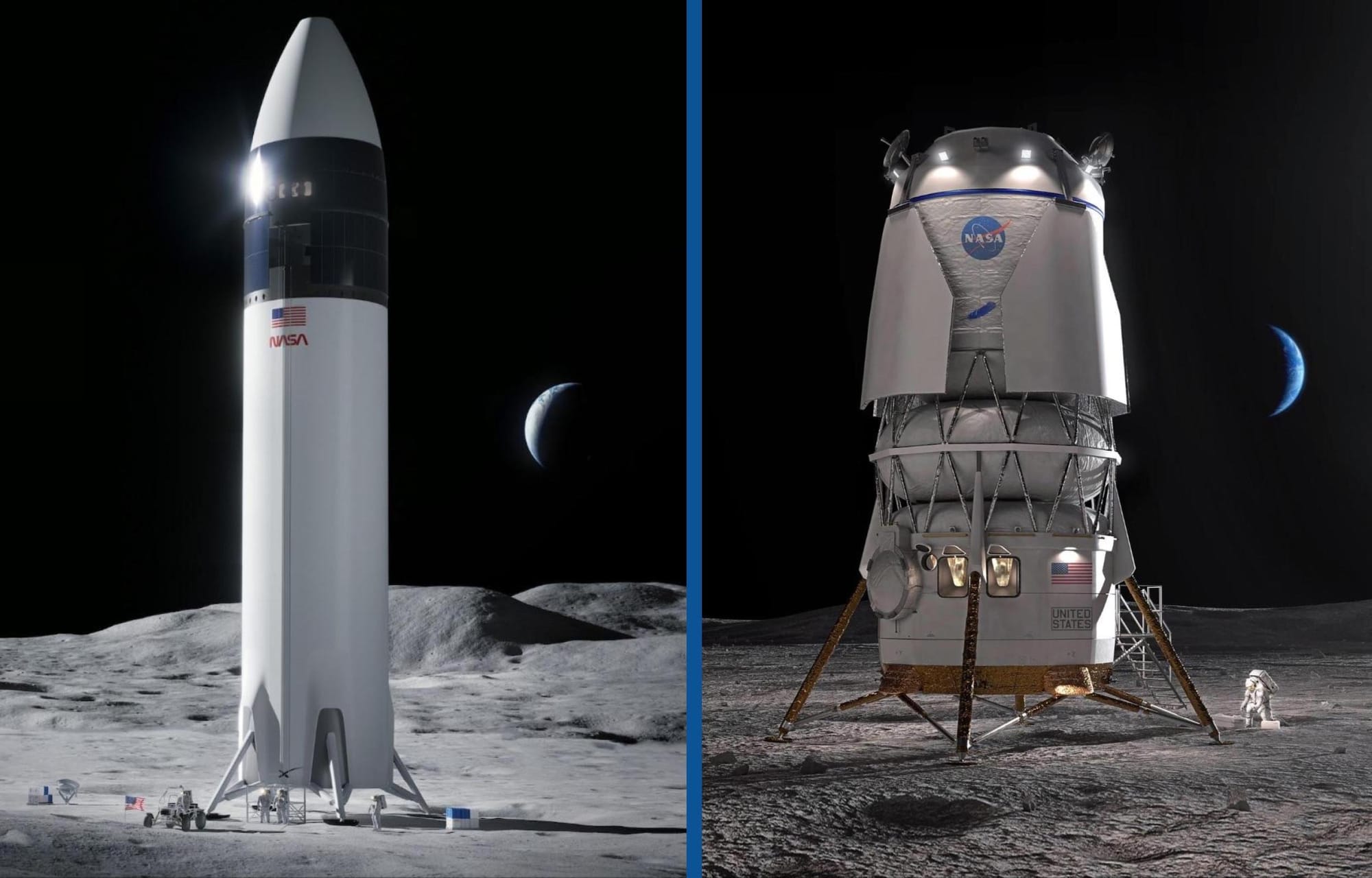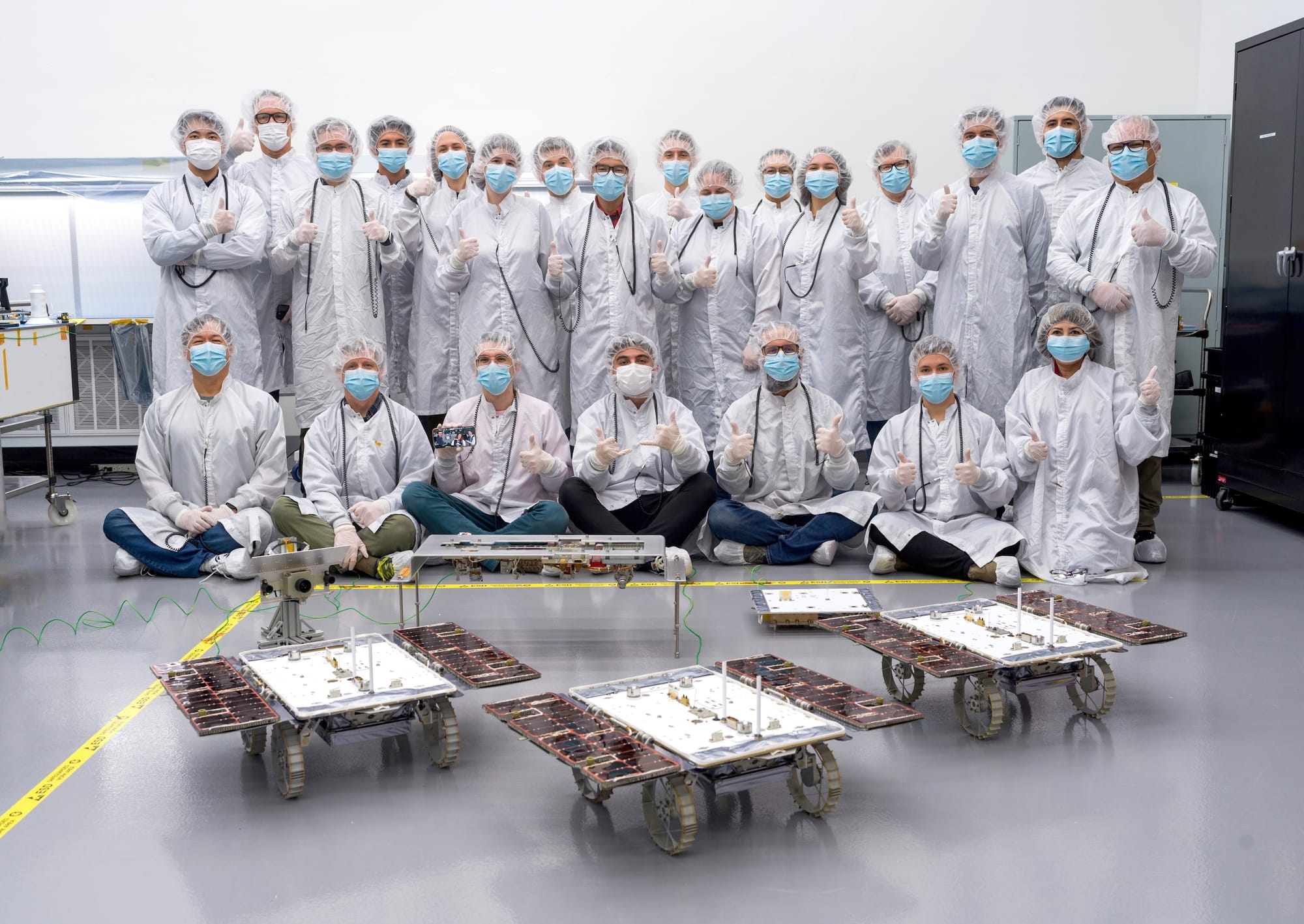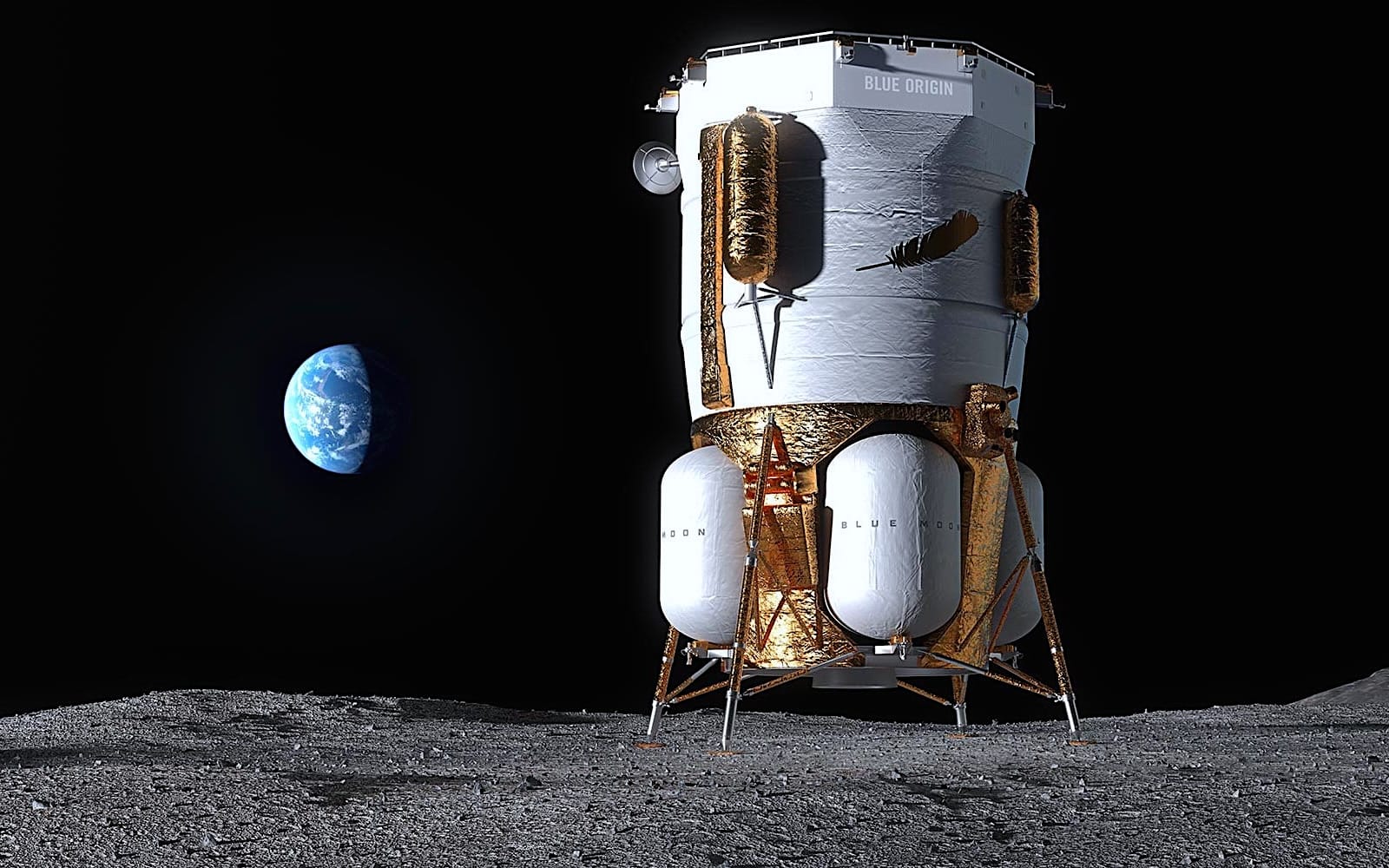Moon Monday #167: NASA’s lunar budget, mission updates, and more

NASA’s FY2024 budget for Luna
The US Congress will provide NASA with $24.9 billion for FY2024, a budget two billion less than the Presidential request and half a billion less than FY2023. Accounting for inflation only makes the cut deeper. However, the US Congress has prioritized and maintained similar levels of funding for Artemis, which not only includes sustaining development and production of the SLS rocket and Orion spacecraft architecturally required for astronauts to reach lunar orbit but also the full requested $1.9 billion for the crewed lunar landing providers SpaceX and Blue Origin. As Marcia Smith notes, NASA also gets the requested $380 million for continued development of advanced lunar spacesuits for which the agency chose Axiom Space and Collins in 2022.
What isn’t clear yet is what ensued of the $459 million budget request for NASA’s Lunar Discovery and Exploration (LDEP) program, particularly to ensure full funding for the CLPS lunar landings necessary to enable diverse surface science and technology demonstrations. Quite a lot of CLPS feeds forward into Artemis planning since LDEP is the organizational unit chiefly integrating and coordinating Artemis science efforts across NASA as well as with the agency’s commercial and international partners.
Today, March 11, at 1PM ET, NASA Administrator Bill Nelson will deliver his annual “State of NASA” address, which will include the agency’s Presidential budget request for FY2025. This will be followed by a media teleconference at 2:30 PM ET.
Mission updates

- NASA JPL completed building and testing the three shoebox-sized CADRE rovers, which will fly to the Moon aboard Intuitive Machines’ third Moon lander part of NASA’s CLPS program sometime next year. The rovers passed the standard suite of environmental tests every spacecraft is supposed to go through before launch. Engineers also tested CADRE’s cooperative autonomous driving abilities in JPL’s Mars Yard with full-scale engineering models because during the mission the solar-powered rovers aim to autonomously navigate the landed region in the magnetic swirl of Reiner Gamma to demonstrate collective mapping. The rovers will have multistatic ground penetrating radars to create 3D images of the subsurface structure with a depth of up to 10 meters.
- Draper’s first Moon mission part of NASA’s CLPS program targeting a 2026 launch will see the ispace-provided APEX lander also deploy two lunar satellites whose job will be to relay communications between the lander and Earth. This is similar to how China’s Queqiao spacecraft provides a connection to Chang’e 4 operating on the Moon’s farside. Jeff Foust reports that each Draper-mission satellite will carry a NASA-grant-funded payload from Rhea Space called the Jervis Autonomy Module, or JAM, which will let the satellites autonomously determine their orbits by imaging and identifying multiple celestial objects. As such, they won’t need to rely on terrestrial ground stations to know their positions. Rhea Space says they’re also adapting JAM to capture high-resolution images of the Moon’s surface for mapping purposes.

- Blue Origin says it will launch its Blue Moon Mark 1 robotic lander to Luna next year. With two self-funded Mark 1 flights, Blue Origin wants to test and refine critical landing systems before graduating them to the Mark II lander, which will land astronauts on the Moon for NASA with Artemis V end of decade. Since Blue Origin is also a NASA-approved lander provider for the CLPS program, the company intends to pitch and fly more Mark 1 landers to carry the agency’s science & technology payloads to the Moon. Mark 1’s payload capacity of 3,000 kilograms surpasses all current CLPS landers but SpaceX’s Lunar Starship, whose crew variant is currently targeting landing astronauts for NASA with Artemis III and Artemis IV in late 2026 and 2028 respectively. Note that NASA requires both Blue Origin and SpaceX’s crewed landers to touchdown within 100 meters of the targeted spots on the Moon’s rocky south pole. This is something the robotic Mark 1 will attempt. It’s also precisely what JAXA’s robotic SLIM lander achieved earlier this year.
Many thanks to Epsilon3, Open Lunar Foundation and Gurbir Singh for sponsoring this week’s Moon Monday. If you love my work too, join them.
More Moon
- Andrew Jones reports on a recent document submitted by China to the UN COPUOS concerning the legality of extracting and using lunar resources, which seems to suggest that China sees such activities as permissible under current international law in much the same way the US-led Artemis Accords does. Western experts are seeing China’s submission and tone as a positive development since it can now, in principle, enable a mutual dialogue on space resource governance in a cooperative way amid a decidely international fora.
- GITAI—which recently moved its headquarters to the US from Japan and won funding from DARPA for the LUNA-10 lunar infrastructure project—has made an impressive terrestrial demonstration of constructing and deconstructing a five-meter communications tower using its under-development lunar rover and three inchworm robotic arms. The video is fascinating. GITAI has previously raised $61 million for their rover’s development with an aim to launch in 2026—though it might take longer.
- Scott Manley provides a very good overview of NASA’s Surveyor program, which robotically landed spacecraft on the Moon in the late 1960s before the agency sent astronauts on Apollo. Related: The time NASA figured our Moon is cratered all the way down.
A follow-up on my critique of IM-1’s narrative
I did not think my critique of Intuitive Machines and NASA skewing the success criteria of the former’s first Moon landing mission would be taken as well as it was:
Celestial Citizen, in their latest Continuum newsletter:
While a private endeavor like Intuitive Machines may not have the same transparency obligations that a government agency does, shouldn’t they still be honest about their weak points in addition to their triumphs? Fellow space writer Jatan Mehta perfectly summarizes these questions in his newsletter, Jatan’s Space, with “why is it not enough to celebrate the genuine feats Intuitive Machines did achieve?” Is partial success not enough (to America)?
The Orbital Index (a Moon Monday sponsor) in Issue #259:
Jatan has a well-articulated piece on his discomfort with NASA and Intuitive Machines calling IM-1 an “unqualified success,” especially given that LRO spotted its landing location 1.5 km from its original target and the limited data that was able to be downlinked from its payloads. It is a success, certainly, but perhaps with some qualifications.
Science Writer and Editor Mukunth, in his blog post To the Moon – or the stock market?:
Even if Intuitive Machines isn't implicitly required to follow NASA's communications policies, NASA needs to ensure the companies it contracts to fly its payloads – to ease its own path to the moon in future – do. As Jatan also pointed out, the onus to communicate lies with NASA: CLPS is publicly funded and without it missions like Odysseus wouldn't happen. We need explicit policies to streamline these companies' communications expectations to follow NASA's rather than their share prices.
I’ll be honest. I was surprised by the uptake, especially because at the time of writing my article crticizing the mission’s communications, most publishers and public reactions I had come across were on nothing but a blanket hail spree.
In any case, I laid out quite a few specific questions in my article. They remain unanswered, and so if you have an informed perspective that my global audience can benefit from, do reach out. Even if you write a public rebuttal on your site, and I encourage that, I’m happy to link to it on Moon Monday in the interest of the public conversation. Ultimately, I believe rooting for the Moon does not mean being only a cheerleader.
